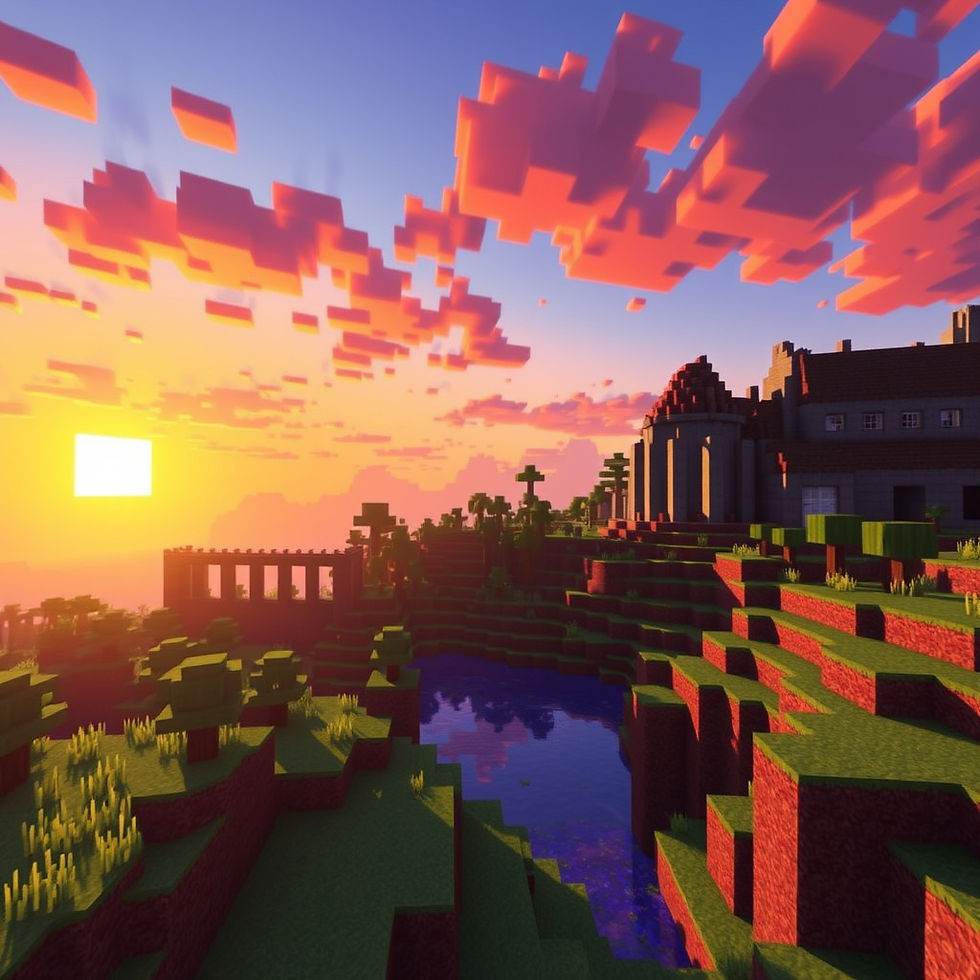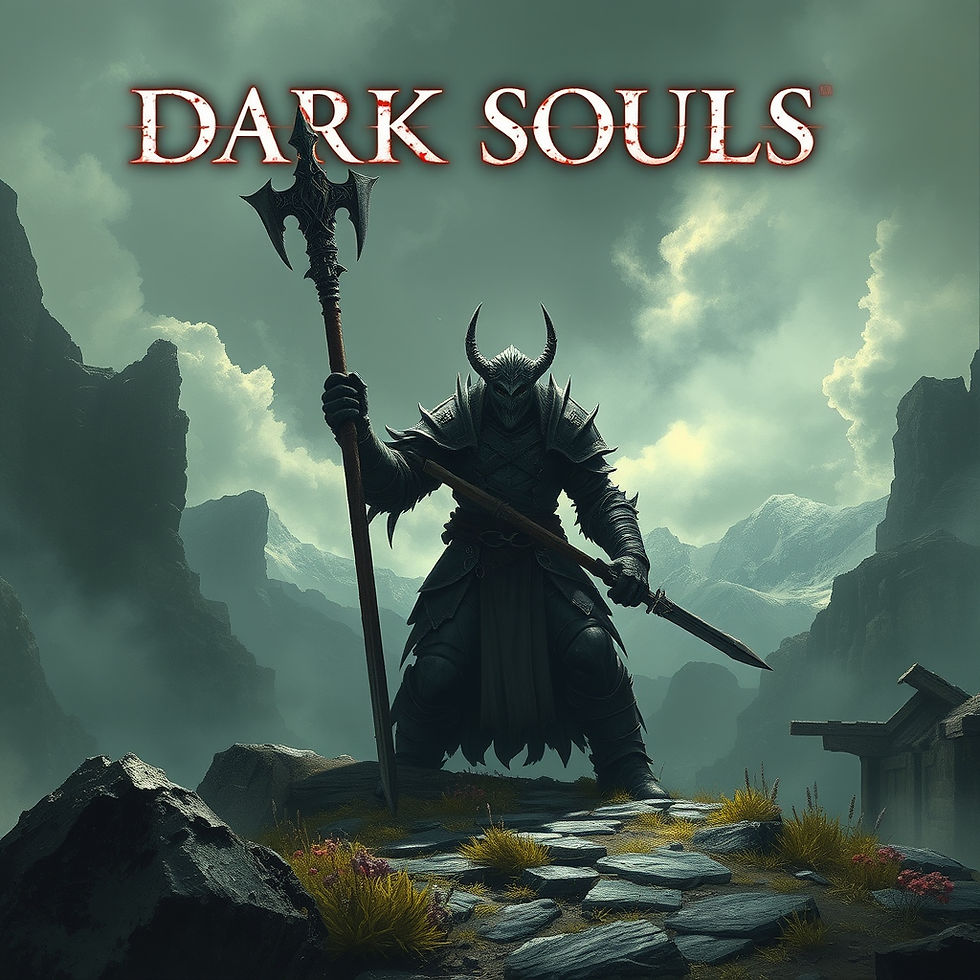The Psychology of Colour in Video Games
- Geniuscrate

- Sep 12
- 2 min read
Updated: Sep 15

When you step into a game world, the first thing you often notice isn’t the controls or the story; it’s the colours. From the vibrant greens of Minecraft’s fields to the eerie reds of a horror title, colour is a silent storyteller, shaping mood, guiding attention, and influencing how players feel.
How Colour Shapes Emotion
Developers use colours strategically to create atmosphere.
Warm tones (reds, oranges, yellows) evoke excitement, danger, or urgency.
Cool tones (blues, greens, purples) can calm players or add a sense of mystery.
Monochromatic palettes often convey bleakness, while saturated palettes bring energy and joy.
Think about how Limbo’s black-and-white world builds tension, or how Fortnite’s playful colours attract a wide audience.
Guiding the Player’s Eye
Beyond emotion, colour serves as a tool for navigation and gameplay clarity. In competitive
shooters, bright red damage indicators instantly warn players. In RPGs, glowing colours highlight loot rarity. Colour becomes a visual language that players learn to interpret subconsciously.
Cultural Meanings of Colour
Colours don’t mean the same thing everywhere. Red might symbolize danger in one culture, but celebration in another. Global developers often adapt palettes to ensure their games resonate universally, balancing cultural nuance with design consistency.
GeniusCrate’s Approach
At GeniusCrate, we recognize how colour influences not just aesthetics but also player psychology. When crafting environments, characters, or UI elements, our artists carefully design palettes that align with mood, storytelling, and gameplay needs. From dramatic cutscenes to subtle HUD indicators, our assets help games communicate through colour without saying a word.
Conclusion
Colour is more than decoration because it’s a core mechanic of immersion. It influences emotions, directs focus, and deepens narrative. As games continue to evolve, the psychological use of colour will remain one of the most powerful tools in a developer’s arsenal.
At GeniusCrate, we bring this understanding into every asset we create, ensuring our work supports not just visuals, but the emotional journeys players embark on.



Comments